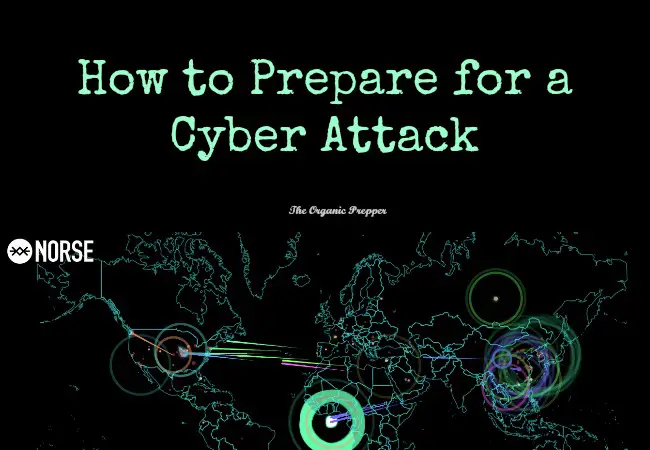How to Prepare for a Cyber Attack

There is a lot of debate on whether Wednesday’s computer issues that shut down the New York Stock Exchange, the Wall Street Journal, and United Airlines were just a very strange coincidence (very strange) or a deliberate cyber attack.
This isn’t the first possible cyber attack on the United States this year. Heck, it’s not even the first one this summer. On June 5, Reuters reported a breach occurred that comprimised the personal information of millions of federal employees, both current and former. This breach was traced back to a “foreign entity or government.”
Regardless of the origin of the so-called computer”glitches” that shut down Wall Street and a major airline, the events of Wednesday gave us just a tiny glimpse at how serious a cyber attack could be.
What exactly is a cyber attack?
A cyber attack is more than just shutting down the computer systems of a specified entity. It is defined as “deliberate exploitation of computer systems, technology-dependent enterprises and networks. Cyberattacks use malicious code to alter computer code, logic or data, resulting in disruptive consequences that can compromise data and lead to cybercrimes, such as information and identity theft.”
Technopedia lists the following consequences of a cyber attack:
- Identity theft, fraud, extortion
- Malware, pharming, phishing, spamming, spoofing, spyware, Trojans and viruses
- Stolen hardware, such as laptops or mobile devices
- Denial-of-service and distributed denial-of-service attacks
- Breach of access
- Password sniffing
- System infiltration
- Website defacement
- Private and public Web browser exploits
- Instant messaging abuse
- Intellectual property (IP) theft or unauthorized access
Cyber attacks happen far more frequently than you might think. Check out this real-time map for a look at the almost constant seige.
…click on the above link to read the rest of the article…